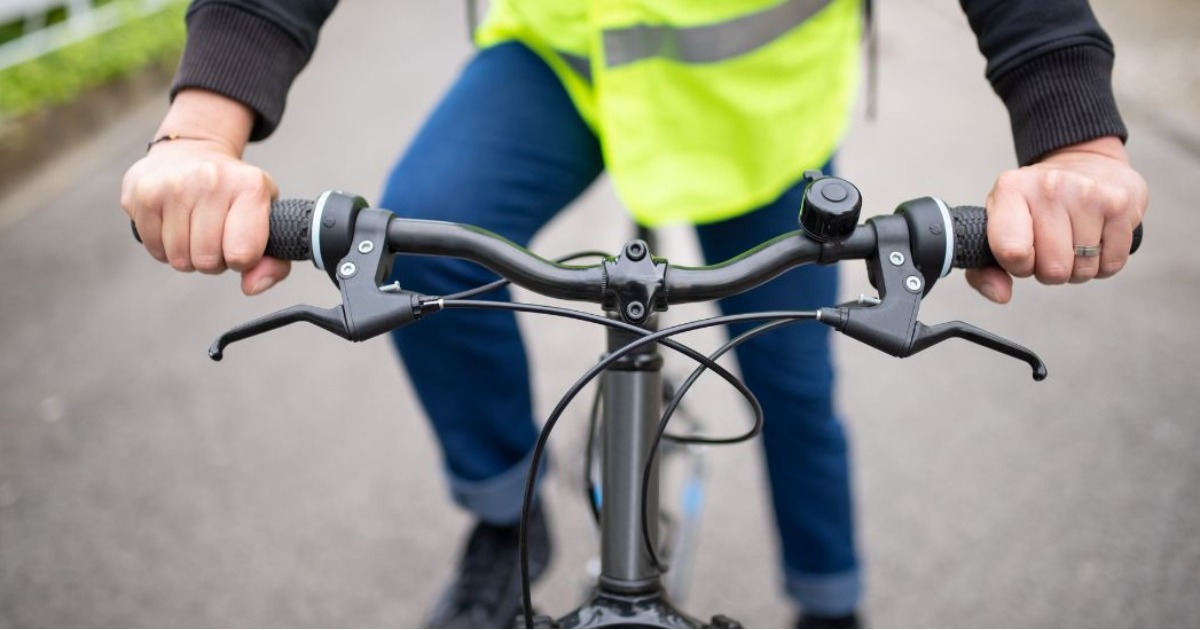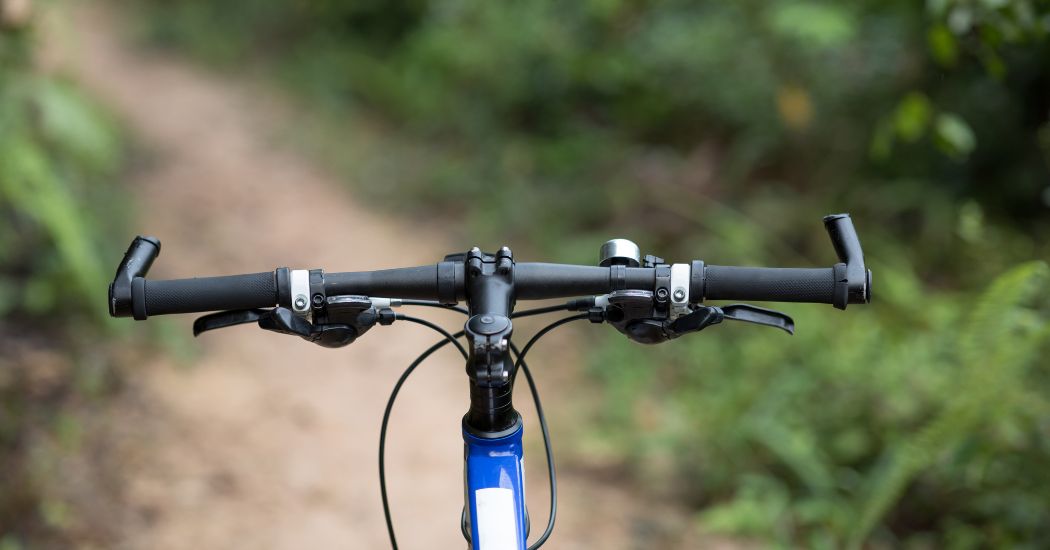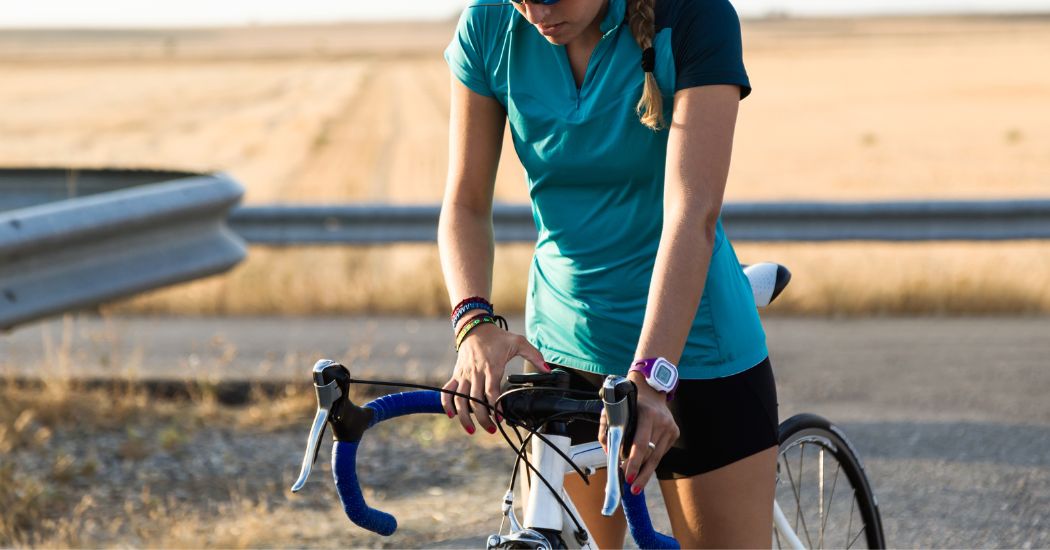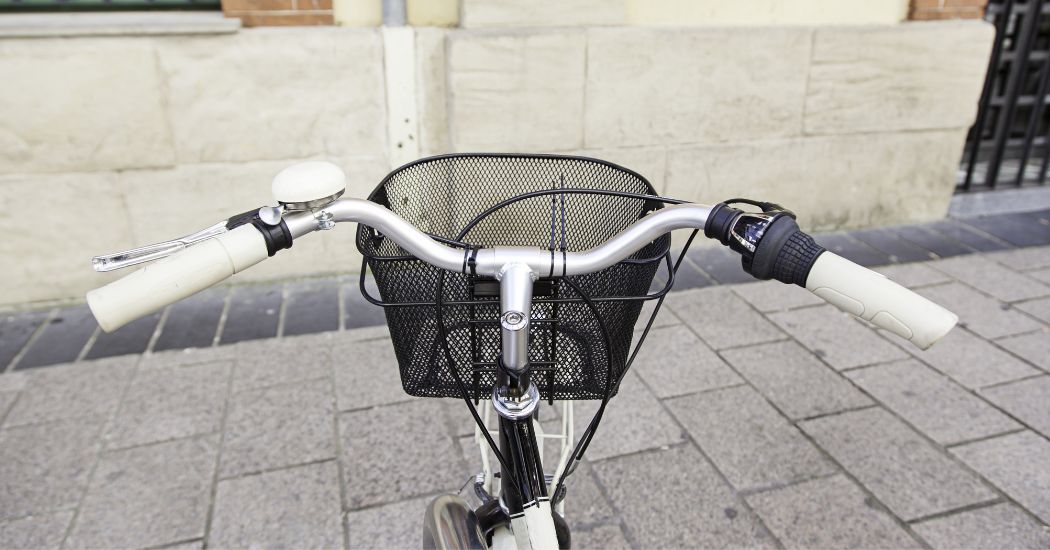How To Raise Handlebars On A Road Bike? Easy Ways in 2023
- 22 Dec 2022 22:29
- 1103

The handlebars’ position on your road bike will directly affect your riding posture, comfort, and experience. A low handlebar can put you in an uncomfortable posture and make you feel fatigued faster.
Therefore, any road bike user should learn to adjust and raise the handlebars on the vehicle. Fortunately for you, this task is very simple and straightforward when you follow the instructions provided in this post.
So, how to raise the handlebars on a road bike? Keep reading, and I’ll show you!
How To Raise Handlebars On A Road Bike?
Before you proceed, it’s critical to find out the type of your handlebars.
A threaded or threadless handlebar will lead to different adjusting methods, which I will introduce in the following sections.
Raise Threadless Handlebars
So, how to raise the handlebars on a road bike threadless? Follow the steps below carefully, and you’ll find that this task is child’s play.
Determining The Type Of Handlebars
There is a part that connects with the handlebars called the stem. For a threadless handlebar system, there will be some rings or spacers wrapped around the stem’s bottom and top.
If the stem doesn’t feature these plastic rings, it’s likely that your handlebar is threaded. If you are still unsure, check out the stem’s back area. A threaded system will have additional screws located in this place.
Loosen The Handlebar Screws
If you have found the screws on the back of the handlebars, it’s time to remove these parts. You can use a hex key or wrench and gradually loosen these pinch bolts in the counterclockwise direction.
When the screws are loosened, you can easily move the handlebar. However, not all wrenches or hex keys work with all types of screws. You can look for the size of the screws in the owner’s manual and choose suitable tools.
Remove The Top Cap And Bolts
After loosening the screws, you can insert the wrench or hex key into the bolts located on the handlebar’s top. Slowly turn the tool counterclockwise, and the bolts will loosen.
The cap will be removed alongside the bolt, leaving room for you to remove the spacers beneath and above. Set all these components aside so you can assemble them back later.
Inserting More Spacers
When all the connecting components are removed, you can freely lift off the handlebars of the road bike. Now, switch the spacers initially located on top to the underside of the handlebar to increase its height.
Please note that you may have to adjust the housing and cables of the road bike when increasing the height too much. If your handlebar doesn’t have the spacers on top, you can use the threadless stem raisers to replace it.
Reassemble The Components
Now, go back to the previous steps and put the components back in place in the correct order. You should align the handlebars perfectly when lining them up with the wheel.
Then, slide back the other spacers you don’t use on top of the handlebars using a hex key or a wrench. Turn the tool clockwise to scroll the spacers and tighten them securely.
You can take a ride to check if the current height suits your posture and bring the highest comfort. If it doesn’t, you can repeat the same process and adjust the number of spacers on the top and underside of the bars.

Adjust Threaded Handlebars
Similarly, you can check if your handlebars are threaded based on the spacers’ position and screws. The system is threaded if there are no screws on the handlebars’ backside and plastic rings on the bottom and top of the stems.
Move on to loosen the bolts located on the handlebar stems using a wrench. Use one hand to hold the part and the other to turn the wrench counterclockwise until the handlebars can move freely.
Now, lift up the handlebars and try moving them right and left if they feel stiff.
With the front wheel lined up, adjust the handlebar’s height until it reaches your desired riding posture.
Like adjusting a threadless handlebar system, you can reassemble and tighten the bolts back after changing the handlebars’ height.
If the height doesn’t suit your desire, you can repeat the process and adjust it again.

How To Determine The Optimal Handlebar Height?
Ensure you feel comfortable with the new position without back or shoulder pain. A low handlebar will stretch your body and cause soreness in the shoulder and back muscles.
If the adjusted height is ideal, you will feel relaxed and comfortable on the shoulder while the core muscles feel engaged. Your spine must be straight though your body will lean a little.
I recommend keeping the seat level with the handlebar to balance performance, efficiency, and comfort. However, you can adjust the height freely to suit your body height and riding posture.

FAQs
How To Adjust The Handlebar Angle On A Road Bike?
How to adjust the handlebar angle on a road bike? You must loosen the stems and screws that secure the handlebar in its place. Then, align the front wheel and start adjusting the handlebar angle or height to suit your riding posture.
How High Should Road Bike Handlebars Be?
To optimize performance, you can keep the handlebars 5 or 6 centimeters lower than the saddle’s midpoint. If you prioritize recreational riding, keep the saddle’s midpoint and handlebars level.
Final Thoughts
I hope the instructions can help you effortlessly adjust the handlebars’ height on your road bike. Though this task is fairly simple, you should gather suitable tools to avoid unwanted problems or hassles.
Ensure the new height perfectly suits your riding style, sitting posture, and body shape. It should bring relaxation and comfort to the shoulder and back while making the core muscles feel more engaged.
Thank you for reading!
